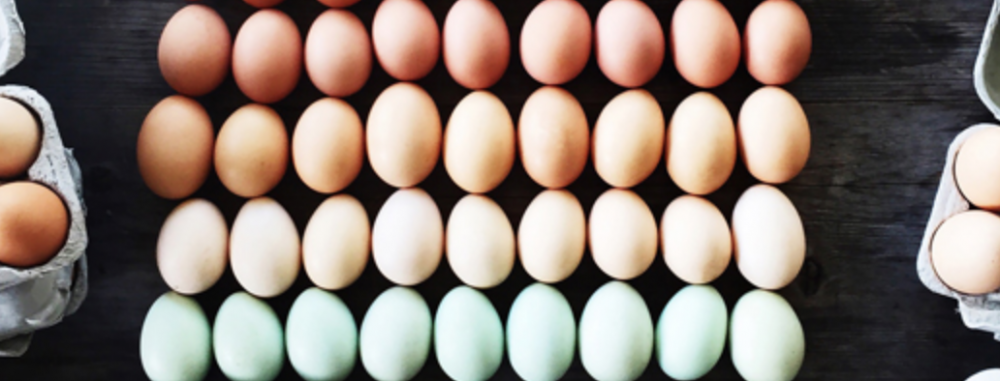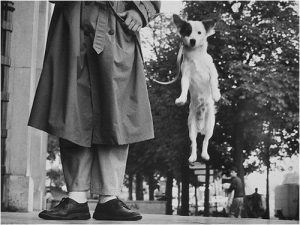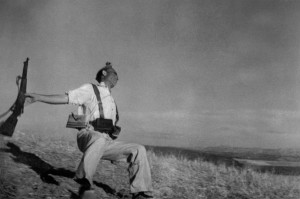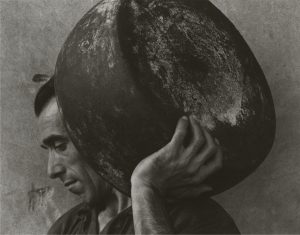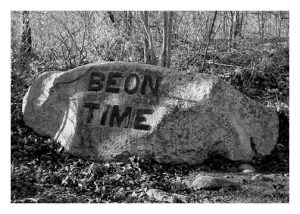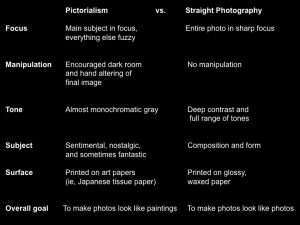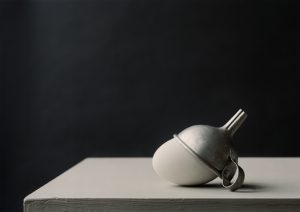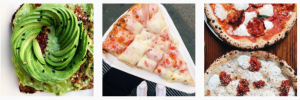Final Grades are posted on Blackboard and should appear on CUNYFirst soon. Congratulations on completing the semester at City Tech, and sharing your thoughts and photographs. This has been a fun learning community and we hope you will continue to get to know one another better as you progress through the HMGT program. Please continue to look and enjoy your well-deserved summer break! Jump for joy!
Author Archives: Sandra Cheng
HW#4: Robert Capa’s Death of a Loyalist Soldier
At the age of 23, Robert Capa took a photograph that many have labeled the greatest war photograph of all time. Taken during the Spanish Civil War, the renown of Capa’s photograph, Falling Soldier or Death of a Loyalist Soldier, reverberated around the world as it was published and republished in contemporary news magazines. However, Capa’s photo has been shadowed by controversy, including accusations of fakery. Click on the link below and read an analysis on the image by Capa’s biographer, Robert Whelan, on the authenticity of the photograph. Do you find his arguments convincing? Do you think Capa’s photograph is staged or not? And do you think its authenticity matters? If you wish, you can compare Capa’s photograph to another controversial image.
Richard Whelan’s discussion of Capa’s photograph
To complete this homework assignment, please submit a 200-word post.
Please post your responses by Monday, April 30th.
HW#3: Photographing and Describing Composition
com·po·si·tion \käm-pə-ˈzi-shən\ noun
|
For this week’s homework, think about the idea of composition in food, and how does one capture good composition in a photograph. Composition is an art history term that refers to the arrangement of elements within a work of art. An equivalent would be the attention given to plating in hospitality. For the homework, please take a food-related photograph and upload it to Instagram, and describe the composition. For example, look at the photograph by Paul Strand and note how the figure of a man carrying a Parmesan cheese wheel fills up most of the frame. The man’s head, the tops of shoulders and his hand are visible next to the large, circular form of the cheese. The composition gives you a sense of the strength of the worker, the size of the cheese wheel, and the physical labor involved in producing Parmesan. Take a food-related photo (something you made or saw), and upload your photo to Instagram with a short 150-character (150 letters not words!) caption describing the composition of your photograph.
Please use the Hashtags #JayStCam or #ArtTartTech.
If you do NOT want to use Instagram, please post your photo here on the OpenLab and write a 100-word description.
PLEASE SUBMIT YOUR POSTS BY MONDAY April 16, 2018.
Midterm Review Material
This is a reminder that the midterm is on Monday March 19th at 11:30 am. Please arrive on time so that we can begin promptly. I have posted below the slide that notes the differences in characteristics between Pictorialist movement and the Straight Photography movement.
Also if you want to review the role of Alfred Stieglitz’s Photo Secession group on gaining recognition for the photography as a fine art, you may want to view the first 39 minutes of the documentary “Alfred Stieglitz: The Eloquent Eye.”
HW#2: Photographing and Describing Texture
tex·ture /ˈteksCHər/ noun
|
For this week’s homework, I ask you to think about the idea of texture in food, and how does one capture texture in a photograph. The key to communicating texture in photography is to pay careful attention to detail. For the homework, you get to practice taking a photograph and uploading it to Instagram. For example, look at the photograph by contemporary photographer Olivier Richon and note how it gives you a sense of the texture of an egg, an object that we’ll be thinking about a lot this semester. Take a food-related photo (something you made or saw), and upload your photo to Instagram with a short 150-character caption describing the texture of your food item.
Please use the Hashtags #JayStCam or #ArtTartTech.
If you do NOT want to use Instagram, please post your photo here on the OpenLab and write a 100-word description.
PLEASE SUBMIT YOUR POSTS BY MONDAY FEBRUARY 26, 2018.
Hashtags for Class
#JayStCam and #ArtTartTech
HW#1: Photography, Instagram, and the Food Industry
For this homework, you will need to create an account on the OpenLab. To get started follow the directions on the OpenLab’s Getting Started Page and to learn how to post your homework, please review my Posting Homework Guidelines located above.
The objective of this homework is 1-to familiarize yourself with creating a post on our Openlab website and 2-to consider the use of photography in social media for the food industry.
What do you think of the use of social media in hospitality? Listen to this short newscast on Food Instagrammers who turned their social media presence into a business. New Fork City is a branding business developed from taking and sharing pictures of the food. The company is run by college students and their Instagram account is nearing a million followers. Even restaurants are designing their menus and decor to encourage the use of social media. A local Manhattan restaurant relies on Instagram to help sales and a Los Angeles-based teahouse designed their interior to encourage visitors to post photographs.
First listen and read the articles hyperlinked in the passage above. Then write and submit a 200-word post to share your thoughts on photography, social media, and the food industry with your classmates. Some points to think about include, do you take and share photos of food, do you look at food photos to help you decide where to eat out or what to cook?
Homework #1 is DUE on Monday, February 5 by midnight.
Art! Camera! Food! Looking at Food, Looking at Photography
Welcome! If you’re here, then you’re probably enrolled in the “Art! Camera! Food!” Learning Community. We are three classes that will meet together in the Spring 2018 semester. All students are enrolled in Prof Cheng’s History of Photography ARTH1100-LC04 class and either Prof Zimmerman’s Culinary I HMGT 1203 or Prof Warner’s Baking & Pastry I HMGT 1204 class. This website is where you will find access to all materials for the History of Photography course and it is where you will submit some of your work. Although Professor Cheng will be grading your work on the OpenLab, Professors Zimmerman and Warner will be looking in too, as well as commenting and participating on our shared website. You will get many opportunities to think about what you produce in Culinary I and Baking & Pastry I in artistic terms, and better understand the history of the ever-changing medium of photography.
I look forward to meeting you in class. Look around, and check back often as I develop our class site, and please do not hesitate to contact me.
Professor Sandra Cheng
